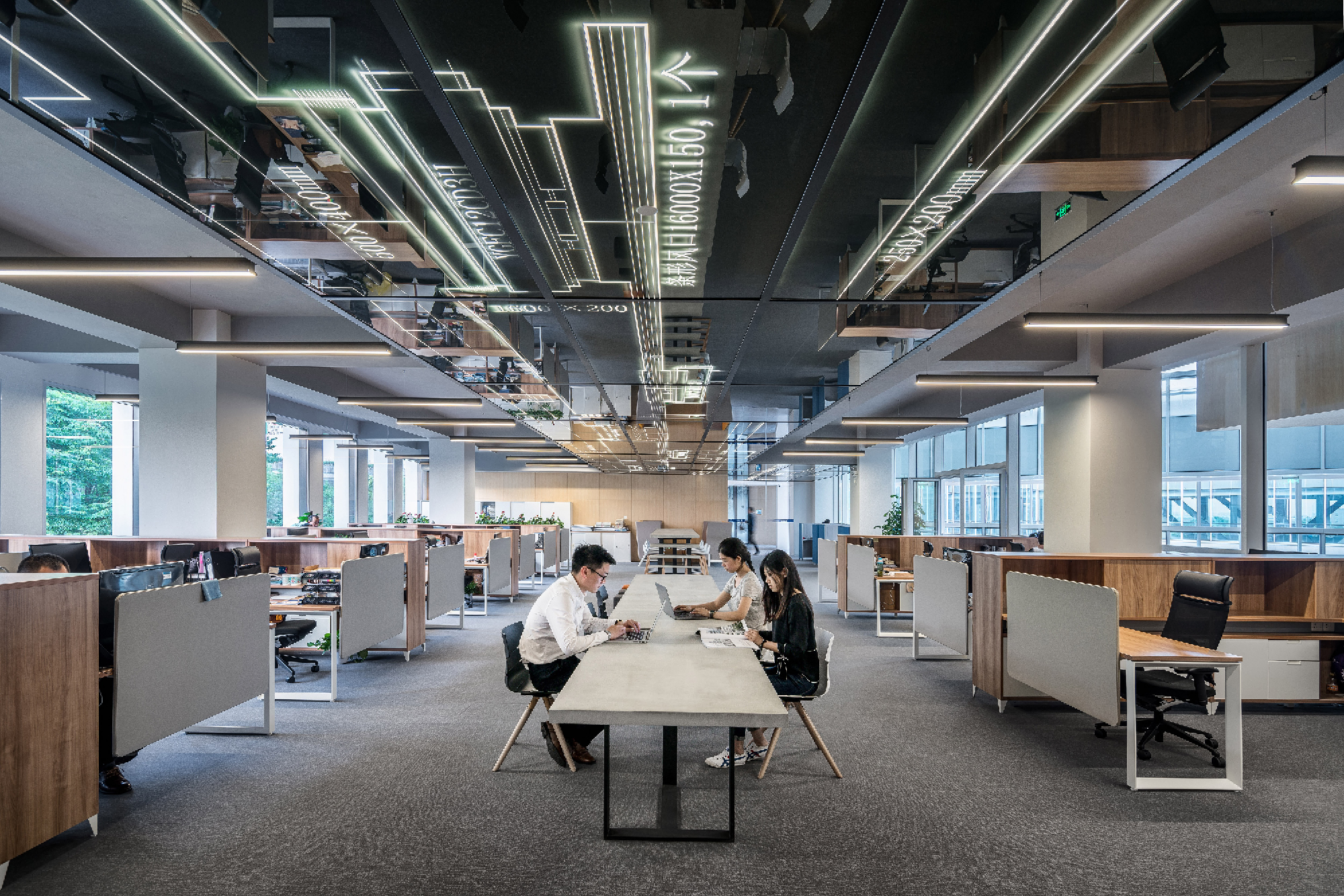In the workplace, many employers tend to overlook work-related musculoskeletal disorders (MSDs). But according to the Bureau of Labor Statistics, MSDs are the most common form of workplace injuries and they account for up to 30% of all workers’ compensation claims.
So as an employer, it’s your duty to provide your workers with a safe and healthy workplace. This means that you should improve their work environment to mitigate their risk of developing musculoskeletal disorders. In this post, I’ll highlight 9 ways that can help you accomplish this goal.
What are Musculoskeletal Disorders?
The World Health Organization defines musculoskeletal disorders (MSDs) as conditions that affect an individual’s locomotor system, which comprises of the muscles, bones, joints and related tissues like tendons and ligaments.
To put it simply, these are health problems that compromise your mobility, flexibility and dexterity. As the European Agency for Safety and Health at Work explains, these disorders mainly affect the back, neck, upper limbs, and occasionally, the lower limbs. The most common musculoskeletal disorders in the workplace are:
- Carpal tunnel syndrome
- Ligament sprain
- Tendonitis
- muscle or tendon strain
- Tension neck syndrome
- Rotator cuff tendonitis
- Epicondylitis
- Degenerative disc disease
- Herniated disc
Reducing the Risk of Musculoskeletal Disorders in the Workplace
1. Identify the Causes
Recognizing the specific causes of musculoskeletal disorders affecting your workers can help you tailor the solutions. In other words, you can implement policies that address the specific risk factors causing MSDs.
As an example, a common risk factor in the workplace that leads to MSD is the frequent application of excessive force, such as when lifting heavy equipment.
Most cases of muscle strain and overexertion occur when the force needed is greater than what a worker’s body can handle. The higher the amount of force required, the higher the risk of injury.
If you’ve identified this as the cause, look for equipment that eases the task of lifting bulky machines. Items like wheeled vehicles, dollies and trollies take the hard work out of lifting and moving office equipment.
2. Scheduling Breaks
Another solution for reducing the incidences of musculoskeletal disorders is to schedule breaks for your workers.
The benefit of doing this is that it interrupts the extensive periods of repetitive or monotonous workloads and periods, which increase risk of MSDs. When scheduling breaks for your staff, pay attention to:
- Frequency of breaks: In a recent study, it was found that workers who took more frequent work breaks experienced less fatigue and stress resulting from work.
- Duration of breaks: The length of the work break is vital to the recovery of tissues and muscles. A study was done to investigate the impact of micro-breaks (lasting between 1.5 and 2 minutes) amongst surgeons. Researchers discovered that these small breaks helped to reduce musculoskeletal pain significantly.
3. Education and Training
Training is one of the most effective ways of preventing MSDs in the workplace. Essentially, by providing your staff with the necessary knowledge, they’ll be able to better exercise caution and avoid work-related risks on their own.
The best way to impart this knowledge is to offer practical training on the job. This entails training workers how to:
- Understand the risk factors associated with common MSD in the office, such as carpal tunnel syndrome, back and neck pain etc.
- How to reduce the risk of injury when interacting with office equipment
- Follow best practices when it comes to sitting, standing, and computing.
4.Provide an Active Environment
A practical way to minimize the prevalence of musculoskeletal disorders among office workers is to provide an active environment. An investigation was done to determine the effectiveness of exercise in reducing work-related musculoskeletal disorders.
The study focused on specific physical activities such as resistance training, Pilates, postural orientation among others. It revealed that taking part in 20-minute resistance training sessions 3 times per week led to a reduction of musculoskeletal pain felt in the shoulders, wrists, cervical, dorsal and lumbar spine.
You can encourage your staff to exercise by:
- Conducting standing or walking meetings
- Hire a trainer to come in weekly to conduct short fitness classes
- Incorporating inexpensive mini-stepper devices in areas like conference rooms
- Positioning trash cans and printers farther away to help your employees walk more steps
5. Advocate for Early Reporting
Employers should also encourage their workers to report cases of musculoskeletal disorders early.
According to the Canadian Centre for Occupational Health and Safety, the most common symptoms of MSDs are:
- Joint stiffness
- Muscle tightness
- Redness and inflammation of the affected area
- Numbness
- Decreased sweating of the hand
If an employee starts to experience any of these signs, they should report it immediately. Early intervention is necessary because it enables the victim to receive the necessary treatment before the muscle tightness and numbness becomes a full-blown musculoskeletal disorder.
An important point to note is that MSDs develop over a period of time. This then means that it’s possible to nip the health problem in the bud before it gets worse.
6.Implement Organizational Changes to Eliminate Repetitive Tasks
As we mentioned earlier, one of the things that increases the risk of musculoskeletal disorders is engaging in repetitive tasks.
During the course of work, most staff have very minimal influence on their speed, sequence of tasks and break schedules. For instance, for assembly line workers, retail cashiers, and those who deal in loading and unloading equipment, they cannot abandon their stations without being replaced by another individual.
This forces them into a cycle of repetitive work, which causes muscle fatigue. With insufficient recovery periods, the muscle fatigue often causes irreversible damages to musculature.
To prevent risk of MSDs resulting from repetitive jobs, introduce these organizational changes:
- Shortened Job rotation- this is a structured approach of alternating workers between tasks. This means that the workers rotate between workstations or duties at shorter intervals, hence reducing exposure to the repetitive nature of the job.
- Job diversification – this entails training your employees to perform an array of tasks that may be related or unrelated to their specific skill sets. Job diversification gives your workers opportunities to take part in non-repetitive tasks, which don’t carry any risk of MSDs.
Final Word
The American Academy of Orthopedic Surgeons estimates that one in every two Americans suffers from a musculoskeletal disorder. This goes to show just how rampant the health problem is.
Luckily, employers can take several measures to protect their workers from the risk of MSDs. Practical solutions include assessing the risk factors, providing breaks, fostering an active work environment and implementing an ergonomics program.
About the Author: George Chiang
George is the senior editor and ergonomist at Ergonomic Trends. You can find him hitting the gym or the yoga studio when he’s not working hard at a café as a digital nomad.




